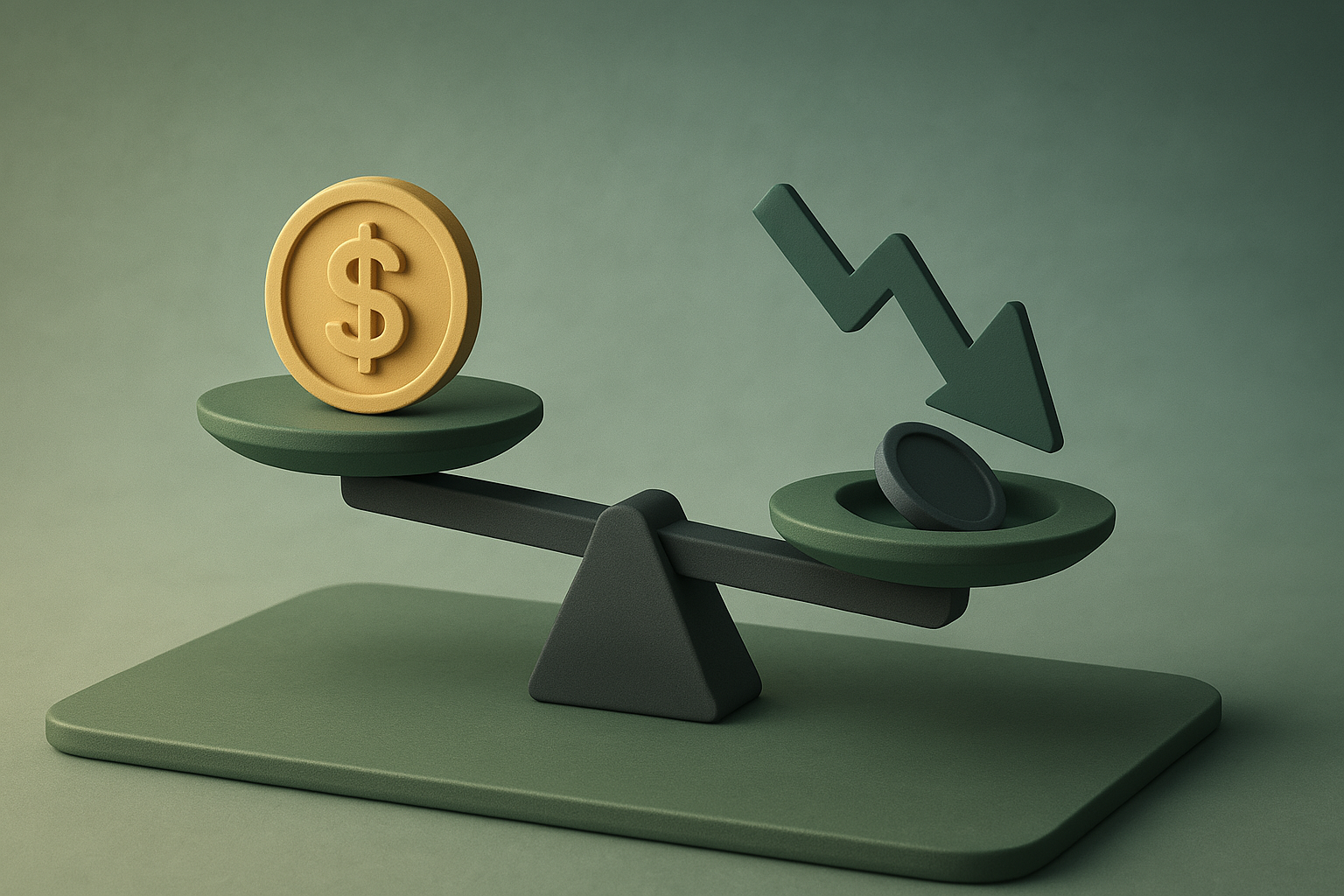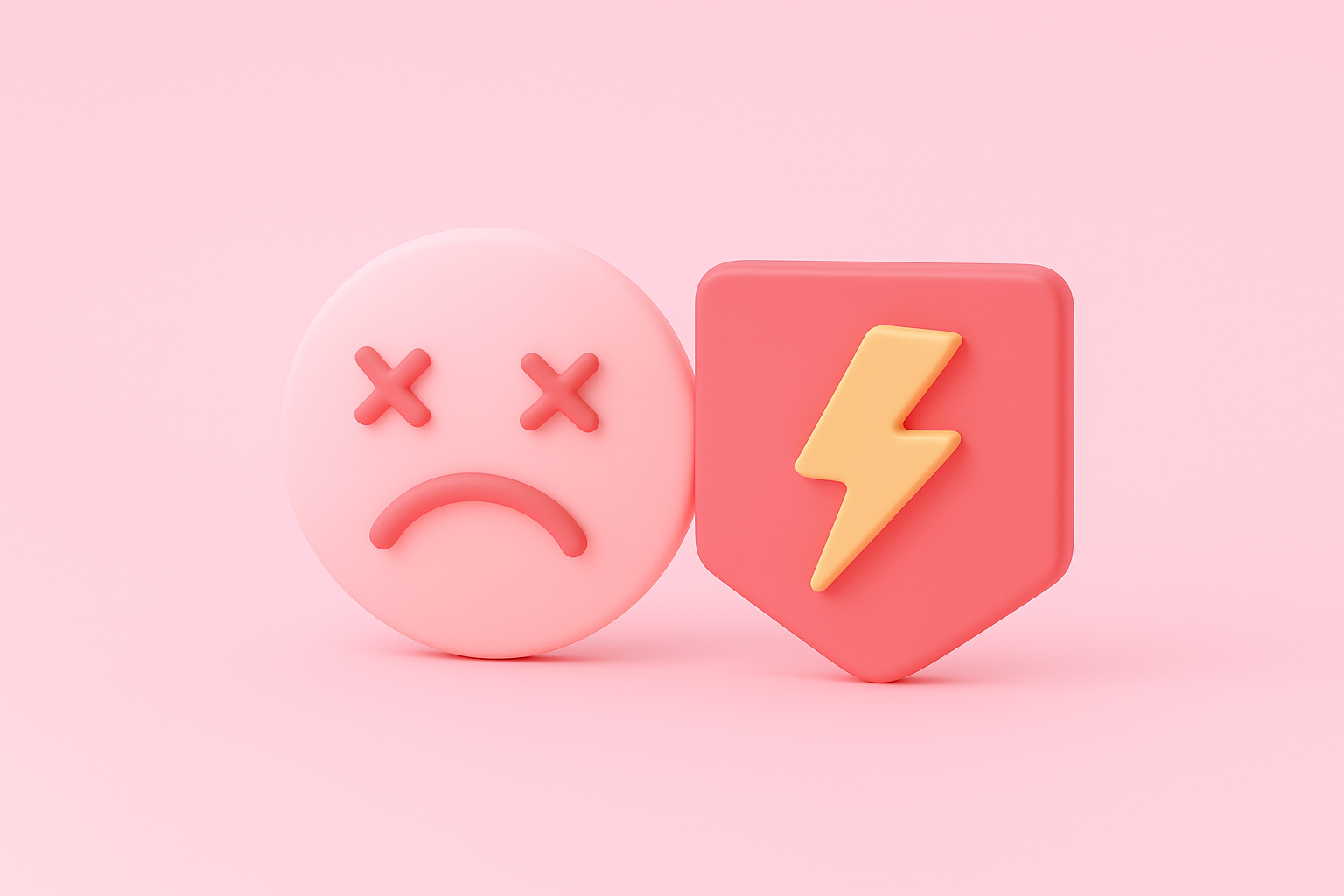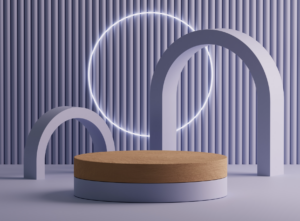Article

Is Your Website Due for a Redesign? Explore Key Indicators, Benefits and Next Steps [+ Case Study]
In today’s fast-paced digital landscape, where first impressions are formed within a fraction of a second, having an outdated, poorly designed or non-responsive website can be detrimental to your business success. A website redesign offers a transformative solution, breathing new life into your online presence and improving the user experience.
But why is website redesign important, and when should you consider embarking on this journey?
In this article, we will delve into the significance of website redesign, highlight the key indicators that indicate the need for a redesign, outline the steps for an effective redesign process, and present case studies that exemplify the transformative work carried out by TrueNode in helping an AI consulting and software development company elevate its brand and enhance user experience.
What is a website redesign?
Imagine your website as a dynamic entity that constantly evolves and adjusts to meet the changing needs and expectations of its visitors. A website redesign takes this idea to the next level by conducting a thorough overhaul that goes beyond simple touch-ups. It’s a transformative process that dives deep into the code, content, structure, and visuals of your current website, revitalizing its digital essence.
The goal? To create a digital masterpiece that captivates your audience, keeps them engaged, and elevates your online presence to new heights.
A successful website redesign is not just about aesthetics; it’s a strategic maneuver aimed at boosting revenue, reducing bounce rates, and ensuring an outstanding user experience (UX) for every visitor to your virtual space.
Why is website redesign important?
Research indicates that visitors form their initial opinion of a website and decide whether to stay or leave in a mere 0.05 seconds. Within the following 5 seconds, a significant 94% of visitors establish their perception of the company associated with the website, and this perception tends to remain unchanged. In simpler terms, you have a limited timeframe to attract new customers. To effectively establish a strong brand image and gain the trust of potential customers, investing in high-quality UI and UX design is crucial.
The significance of exceptional design is underscored by various compelling statistics, including:
- A well-designed user interface (UI) has the potential to increase website conversion rates by up to 200%, as per Forrester Research.
- 75% of consumers openly admit to judging a company’s credibility based on its website design, according to Stanford Persuasive Technology Lab.
- 85% of adults believe that a company’s mobile website should be as good as, if not better than, its desktop website, according to SWEOR.
When do you need a website redesign?
Keeping your website fresh and engaging is essential for staying relevant in the digital landscape. While there is no hard and fast rule, most websites should undergo a redesign every 2-3 years. However, various factors come into play, such as your goals, objectives, and the following indicators:
-
Fails to Represent Your Brand
Your website serves as the initial interaction point for potential customers. Therefore, it must accurately portray your brand identity and values. If your website appears outdated or no longer aligns with your current branding efforts, it’s a clear sign that a redesign is in order.
To gain a deeper understanding of branding, we encourage you to explore our comprehensive branding guide, which features illustrative examples and a compelling case study.
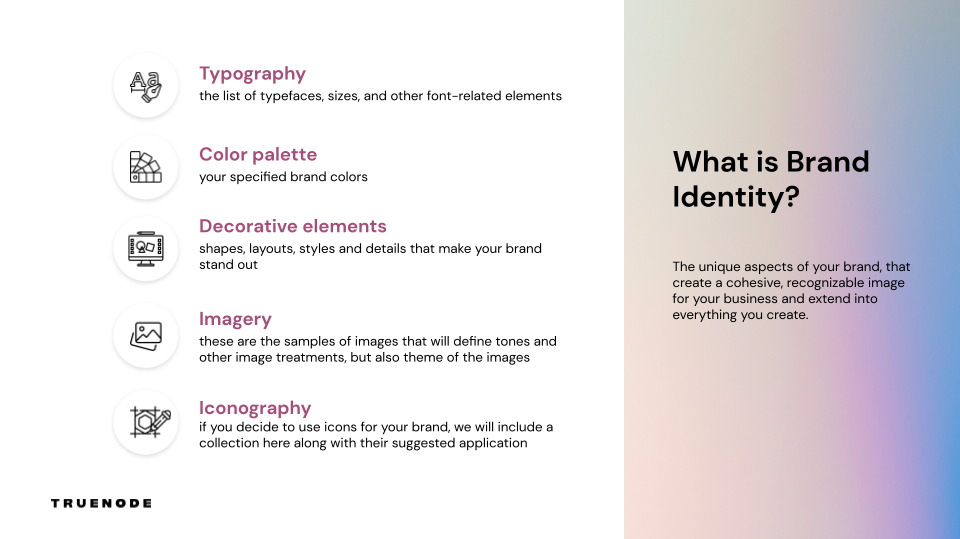
-
Exhibits Poor User Experience
High bounce rates, low time spent on your site, and other indicators of poor user engagement signal the need for a redesign. Enhancing the user experience through a well-executed redesign can increase engagement and improve overall website performance.
-
Lacks Responsiveness Across Different Devices
With the growing range of devices used to access the internet, it is crucial to optimize your website for various platforms. Neglecting a design that accommodates multiple devices can isolate a significant number of users, which includes not only the 8.6 billion mobile device users but also those using other devices.
-
Lacks Appeal to Your Target Audience
Tailoring your website to cater to the preferences and needs of your core demographic is crucial. If you notice a lack of engagement from your target audience, it may be time to revamp your design and content to better resonate with them.
-
Suffers from Critical Security and Technical Issues
Technical glitches, such as slow loading times, broken links, and 404 errors, negatively impact user experience and harm your search engine rankings. Outdated plugins may also expose your site to security vulnerabilities and potential data breaches. If you encounter these issues or notice an influx of spam, a redesign can rectify these problems.
-
Insufficient Accessibility for Diverse User Needs
A redesign becomes necessary if your website fails to accommodate users with diverse accessibility needs. Ensuring inclusivity means designing your site to be usable by individuals with visual, auditory, motor, and cognitive impairments, as well as those with temporary limitations like a broken arm. Adhering to web accessibility standards and guidelines is vital to promote equal access.
-
Fails to Generate Business Results
If your website isn’t effectively generating leads, subscribers, members, or customers, it’s a clear indication that a redesign is needed. A well-executed redesign can enhance the user experience, leading to increased conversions and better business outcomes.
-
Appears Outdated and Stale
Using outdated design trends can make your website seem out of touch and unappealing. To maintain relevance and visual appeal, a redesign is crucial. It helps to incorporate the latest design trends and ensure your site looks modern and fresh.
-
Outdated, Poorly Organized, or Overwhelming Content
This can pose challenges for users in locating the information they require and cause confusion. A redesign can help improve content organization, making it more user-friendly and accessible.
Take a look at the curated collection of UI/UX design trends for 2023, diligently put together by our team.
-
Lack of Traffic
If your website isn’t attracting sufficient traffic, it may be time for a redesign. Enhancing your site’s search engine optimization (SEO) and overall appeal can help drive more traffic and increase visibility.
-
Introducing New Products or Company Goals
If your business is launching new products or undergoing significant changes in goals and objectives, your website needs to reflect these updates. In such cases, a redesign that aligns with your new direction is essential.
-
Misalignment with Marketing Initiatives
Your website should support your current business and marketing objectives. If it no longer aligns with your goals, a redesign is necessary to ensure your site is optimized to fulfill your current initiatives.
-
Adapting to New Technology
As technology continually evolves, businesses must adapt quickly to remain competitive. Major technological shifts, like the obsolescence of Flash, often necessitate a redesign. Moreover, with the rapid progress of artificial intelligence (AI), businesses must quickly adapt to capitalize on its potential. Notably, the integration of AI chatbots has revolutionized customer support services. Updating your company’s website to incorporate AI-powered chatbots can greatly improve response times and enhance customer satisfaction.
-
Difficult Site Management
When your website becomes challenging to manage, especially when relying on multiple third parties for simple changes like adding pictures or modifying text, it’s time to consider a redesign. Simplifying the management process ensures smoother operations and easier updates.
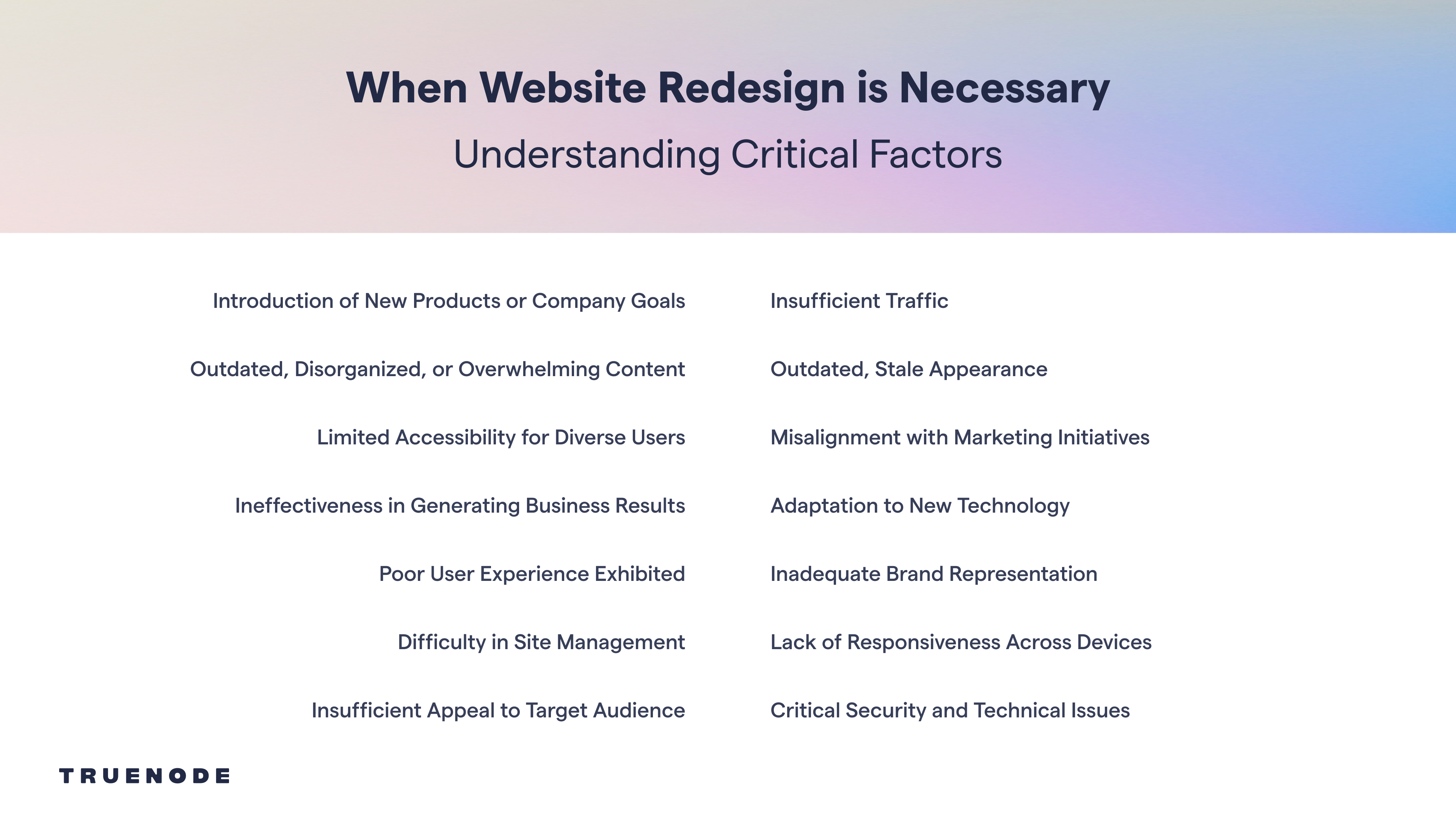
The process of successfully redesigning a website
The process of redesigning a website involves several stages that are tailored to meet the specific goals and requirements of the project. While there isn’t a one-size-fits-all approach, the following is a simplified overview of the website redesign process:
Discovery: Understand goals, define strategy, identify target audience, do user research and testing, create sitemap, establish timeline.
Design: Create draft versions of pages or templates, focus on layout, color scheme, typography, aesthetics.
Content: Review existing content, fill gaps, create engaging text, images, videos.
Development: Build website structure using HTML, CSS, JavaScript, implement designs, ensure responsiveness and compatibility.
Review: Stakeholders provide feedback, iterate to refine website.
Launch: Approve and adjust, migrate content, make website live.
Evaluation: Monitor user behavior, analyze metrics, gather feedback, make optimizations for better performance and user experience.
How long does it take to redesign a website?
A website redesign can take anywhere from 3 to 8 weeks and longer depending on the complexity of the project and the needs the website needs to meet. Web design can sometimes seem like a dark art, and a whole re-design might feel like a daunting prospect, but with the right expertise and a well-thought-out plan, the outcomes can be exceptional.
How much does it cost to redesign a website?
The cost to redesign a website varies based on factors such as the website’s size, functionality, and builder.
While the cost of website redesign is an important consideration, it’s equally crucial to evaluate the return on investment (ROI) of such an investment. Investing in a well-designed and optimized website can yield significant benefits for businesses, from increased sales to higher customer satisfaction and improved online visibility.
Download our two-pager to learn more about our website redesign packages and get a quote for each.
Website Redesign Case Study
Maddox AI, an AI consulting and software development company, sought our expertise to address usability and branding issues on their website. Through audits and user interviews, we identified navigation problems, outdated visual styles, and inconsistent branding that left visitors with a negative impression. By collaborating closely with Maddox stakeholders, we revamped the UX/UI design, improving usability and creating a seamless user experience. Within 20 days, we successfully resolved all identified issues and provided Maddox with a comprehensive style guide and component library for future scalability.
Read more about this successful website redesign case study and its outcomes on our dedicated page.
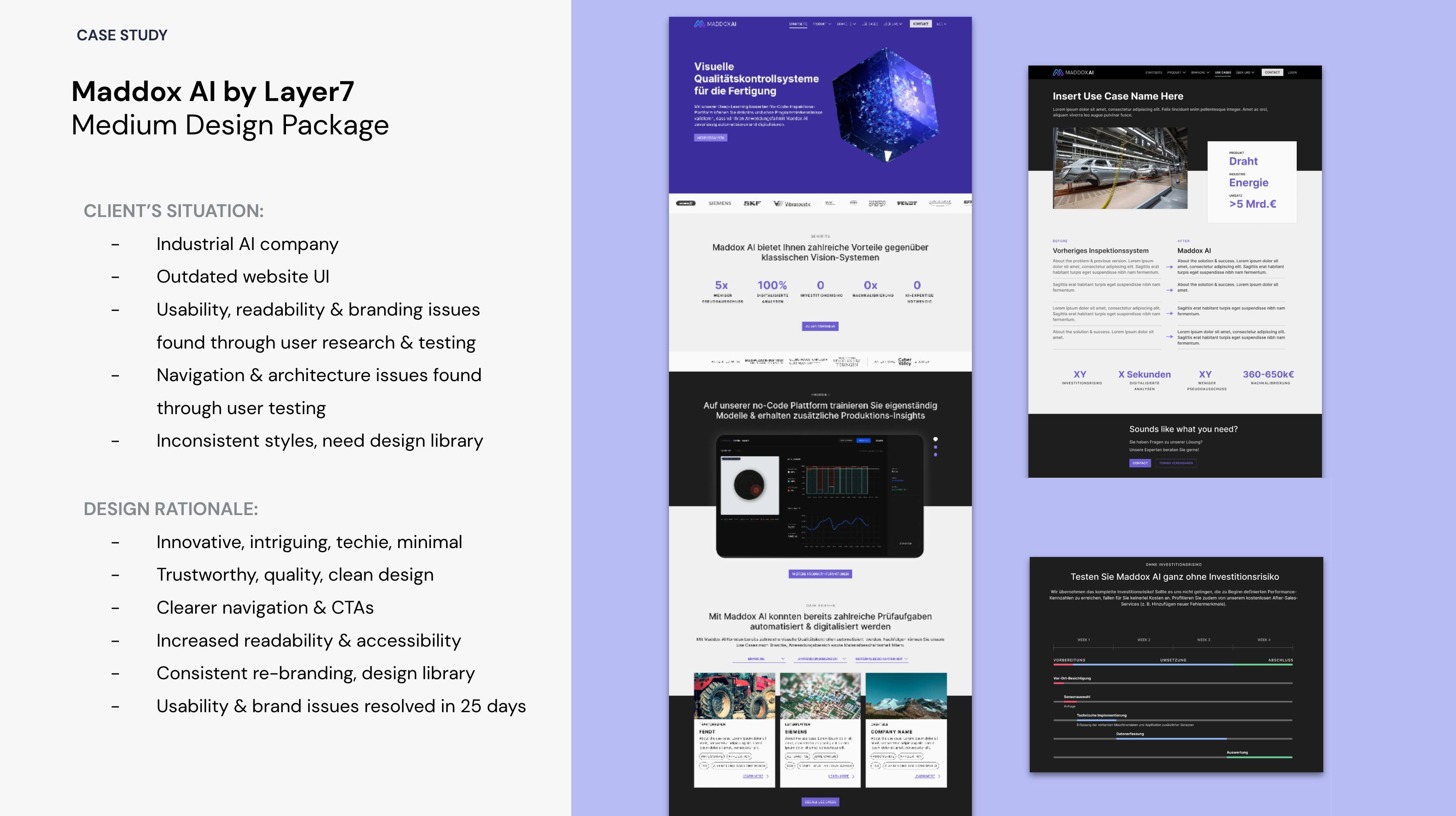
Ready to Drive Business Success with a Remarkable Website?
Our experienced team can help transform your website into a digital masterpiece that aligns with your goals and resonates with your audience.
If you’re interested in learning more about our website redesign packages and obtaining a quote, we invite you to download our two-pager on the below.
View TrueNode’s Website Redesign Packages Here!
Contact us today and let us help you create a website that stands out, engages visitors, and drives business success.
